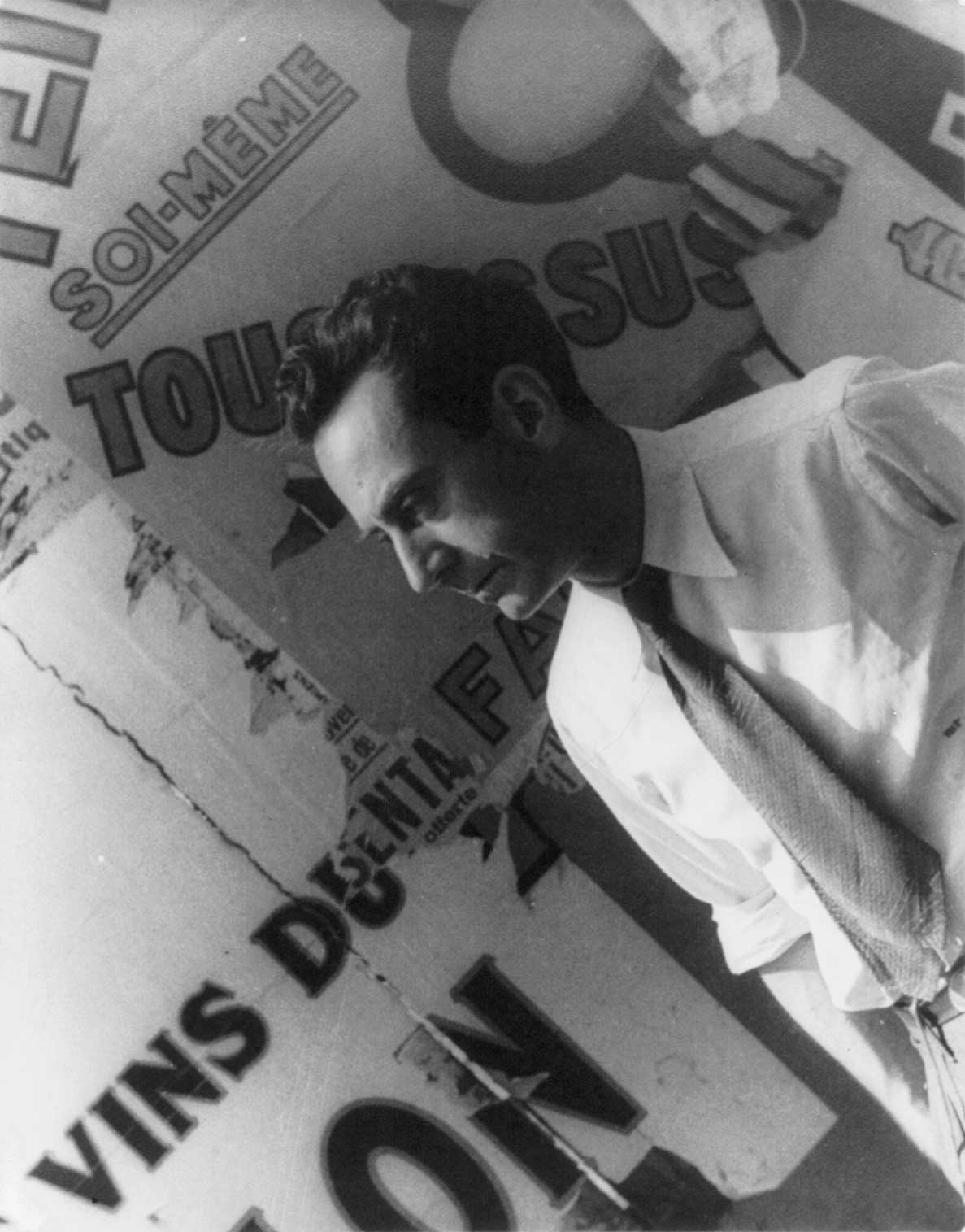Man Ray was one of the absolute protagonists of Dadaism, among the most revolutionary artistic currents in the history of art. Thanks to his rayographs, the American and French-born author by adoption has become a full member of the greatest masters of photography. Thanks to creativity, he reinvented not only the photographic language, but also the representation of the body, face and the genres themselves of the nude and the portrait.
Born as in Emmanuel Radnitzky on August 27, 1890, in Philadelphia, United States. Son of a Jewish family, his father was from Ukraine and his mother from Belarus. His family moved to New York in 1897. During his youth, he rejected a scholarship to study architecture and worked as an engraver while, at night, he studied at the National Academy of Design in New York.

Passionate about art, he studied drawing with Robert Henri and, from 1908, came into contact with the artistic avant-garde of New York. He frequented the gallery of Alfred Stieglitz, whose influence can be seen in later works.
In early 1912, the Radnitzky family changed their last name to Ray. In the spring of 1913, he began to be interested in the works of Pablo Picasso, Wassily Kandinsky and Marcel Duchamp. He then moved to a colony of artists in Ridgefield, New Jersey, where his work in painting continued to evolve, first in a Cubist style, then in abstract art. He made his first solo show at the Daniel Gallery in New York in 1915. His name began to sound in America as one of the first abstract painters.
Man Ray noted that, despite getting good reviews, he was not at ease with the photos taken for catalogs and the press, so he purchased his first camera to photograph his own works. Here, Ray’s photographic story begins in a very simple way: he takes the first photograph because he has a need, an immediate purpose, he needs something. Photography must always serve something.
He liked photography, to the point of getting excited to have found a new form of artistic expression. With the French painter Marcel Duchamp and Francis Picabia, he participated in the creation of “New York Dada” in 1917. Under his influence, he began working with new materials and techniques, such as the use of airbrush on glass and other surfaces.He also founded, with Duchamp and Katherine Dreier, the Société Anonyme, Inc to manage avant-garde activities, such as publications, conferences, films, conferences and exhibitions.
He moved to Paris in 1921, and that is when his style had great changes. He started photographing people instead of painting portraits. The artistic development of the French capital encouraged him to experiment and try all the artistic manifestations he could grasp.
At this time, he began to develop and present his photograms (named «rayographs» in reference to himself) some photographic images he made without a camera, in which he exposed objects on photographic paper that was later revealed. Although the Dada had already reached different corners of the world, in 1924 the movement separated. The self-destructive nature of the movement made it meld with surrealism, where Ray was able to capture his works of fatal women, his nudes and his picture of double-reading (violin women, glass tears and so on).
One of his themes par excellence were women. In fact, thanks to the inspiration of his model and lover Kiki de Montparnasse (Alice Prin), one of his most emblematic works, «Le Violon d’Ingres» was born, which sums up in an image his attitude and philosophy towards photography (and art in general). At the end of the 20’s, he ventured into avant-garde cinema and made some films like L’etoile de mer (1928). In the 30’s, he returned to surrealist painting and published several volumes of photos and rayographs. In 1936, his work was in the “Fantastic Art, Dada, Surrealism” exhibition of the Museum of Modern Art in New York.
“l paint what cannot be photographed, and l photograph what l do not wish to paint. If it is a portrait that interests me, a face, or a nude, I will use my camera. It is quicker than making a drawing or a painting. But if it is something I cannot photograph, like a dream or a subconscious impulse, I have to resort to drawing or painting.”
In 1940 the Nazi occupation arrives to Paris, so he flees to Hollywood. There, he worked as a professor while following his artistic production. In 1946 he married Juliette Browner.
He returned to Paris in 1951 and continued to explore painting and sculpture. He also began writing his memoirs, to which he devoted ten years. Finally, his autobiography, «Self Portrait,» was published in 1963. During his last years, he increased his fame with exhibitions in Paris, New York, London and the main cultural cities of the world. Man Ray died in Paris, France, on November 18, 1976.






